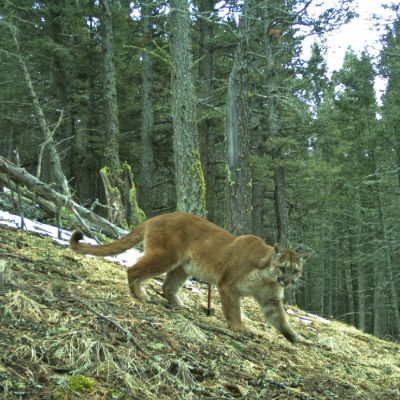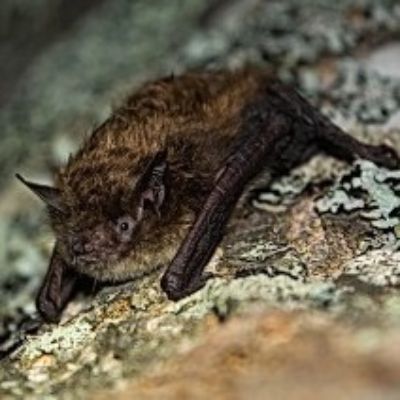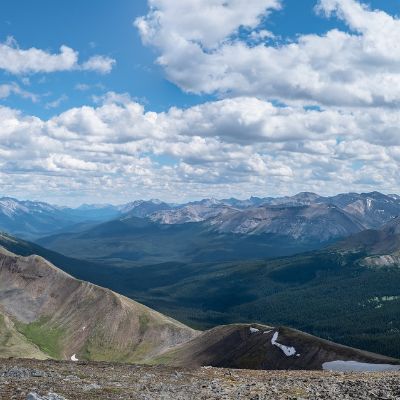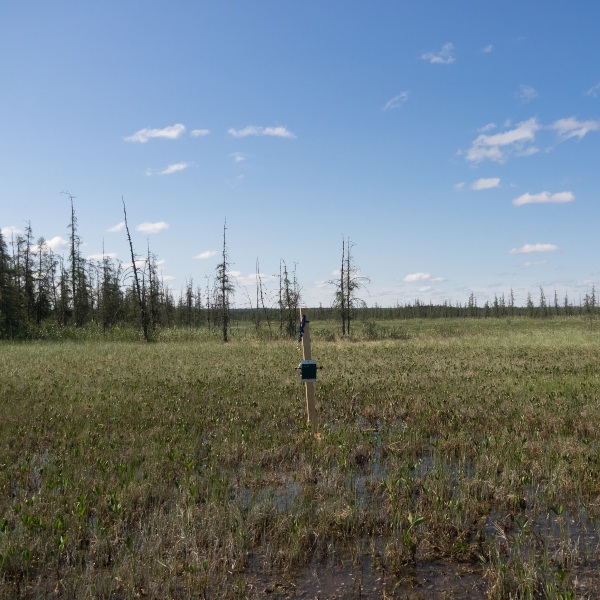
Bioacoustic Unit
Categories: Environmental Sensors
Status: In Progress
About the Project
The Bioacoustic Unit (BU) is a collaboration between Dr. Erin Bayne’s lab at the University of Alberta and the ABMI. Soundscapes are the biotic and abiotic information we gain about the environment through our ears. The BU is at the forefront of using digital audio recording through ARUs (autonomous recording units) to understand how human activities are affecting species that make sounds. ARUs allow us to hear more about what is happening in the environment than people because ARUs can work 24/7.
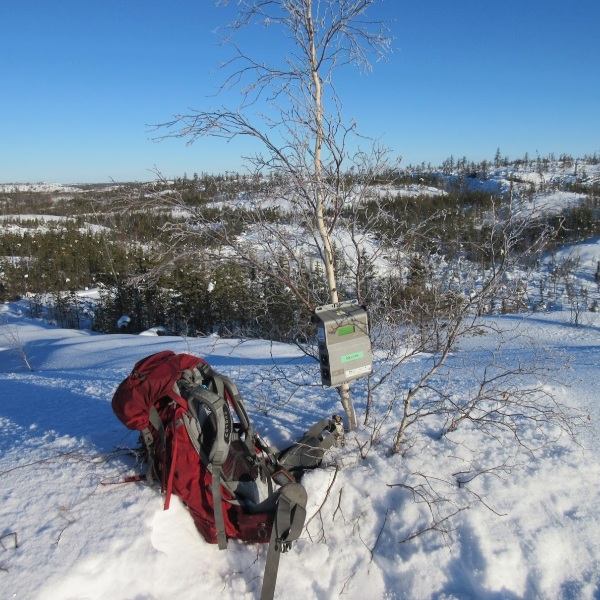
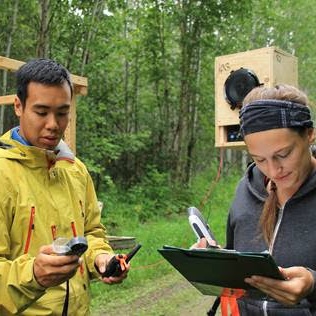
- Dr. Erin Bayne's Lab, University of Alberta
The BU manages one of the largest digital archives of sound data in the world. Over two human life-times of data from over 20,000 locations have been measured over the last decade. The archive uses standardized approaches based on humans listening to the data to measure the abundance of species and how it changes over time. However, we push the archive to see what additional ecological information can be extracted. This is done by using computers to improve how the sound is extracted in order to use the rich biological information it contains. Our ultimate goal is to use ARUs to move beyond animal abundance, using the different elements of soundscapes to help inform how ecological systems are changing. We do this by integrating sound with other technologies like cameras and remote sensing to predict and model the state of biodiversity at very large spatial scales.
Recent scientific advances in the area of bioacoustics made by the BU include:
- Calculating arrival timing of birds to track if they are adapting to earlier springs;
- Estimating the distance at which animals are detected by ARUs to improve density estimates;
- Mapping human noise pollution across Alberta;
- Measuring hunting patterns in provincial parks:
- Assessing wolf abundance by integrating remote cameras and howling data;
- Mapping spatial behaviour of birds using sound triangulation to position birds to within 1 m; and
- Determining if male birds have attracted a female mate based on singing behaviour.
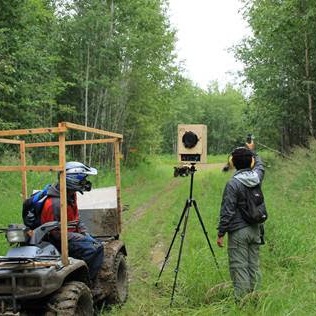
By advancing the science of sound, the BU develops tools that are being used by academic, government, conservation, and industrial groups to improve biodiversity monitoring. The advances we make are operationalized in our WildTrax platform. WildTrax is an online platform for storing, processing, sharing, and discovering bioacoustic data. With over 100 organizations and more than 1,000 users, WildTrax provides a way to integrate the data collected by many sources in order to make better environmental decisions. Building from existing data, the BU also samples new places each year to fill key unknowns in our understanding of the spatial distribution and habitat needs of different species. This collaborative model is unique in scope and reflects a strong desire by the BU and its partners to engage in meaningful change to conserve biodiversity in Alberta, Canada, and beyond.
The Alberta Remote Camera Steering Committee (RCSC) is building scientific understanding and effectiveness of remote camera surveys to benefit a broader network of remote camera researchers and practitioners in western Canada.
NABat is a multinational, multi-agency coordinated bat monitoring program across North America made up of an extensive community of partners.
Led by Alberta Environment and Parks and the Grande Cache Trails Working Group, this project’s goal is to collect information on recreational use and wildlife in the Willmore Wilderness Park and nearby public lands.
